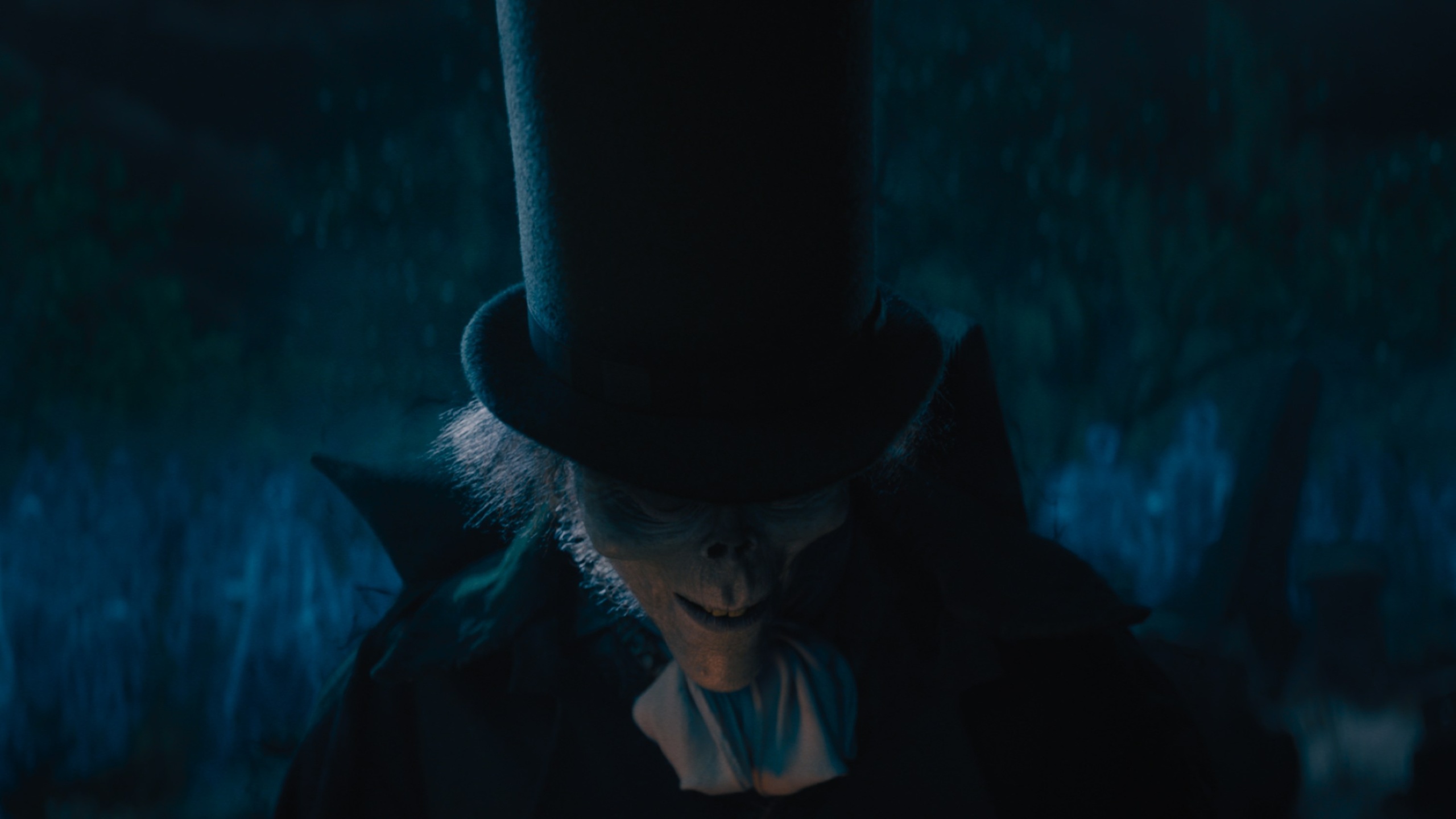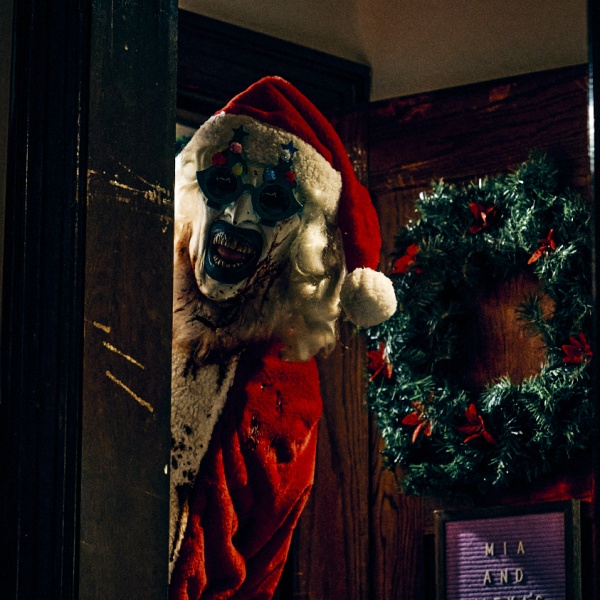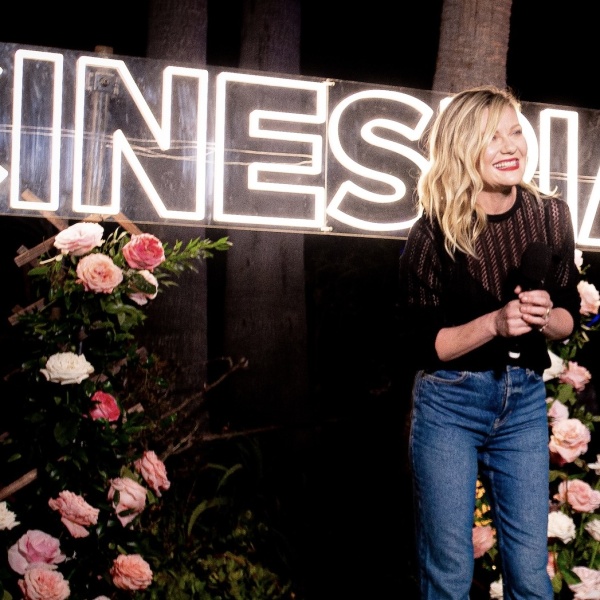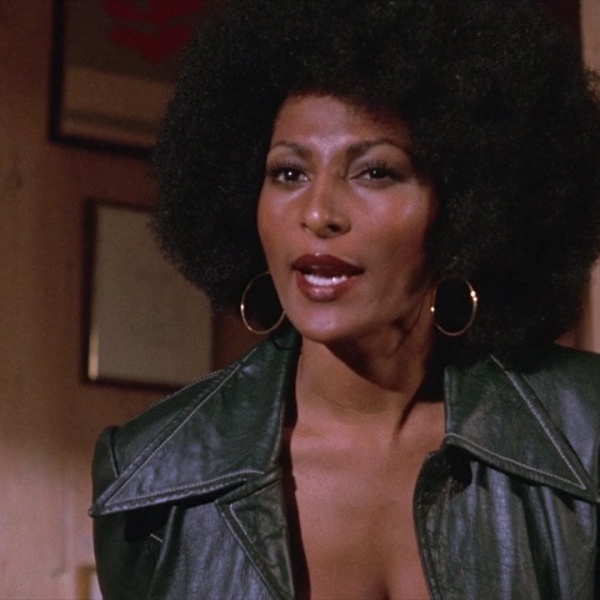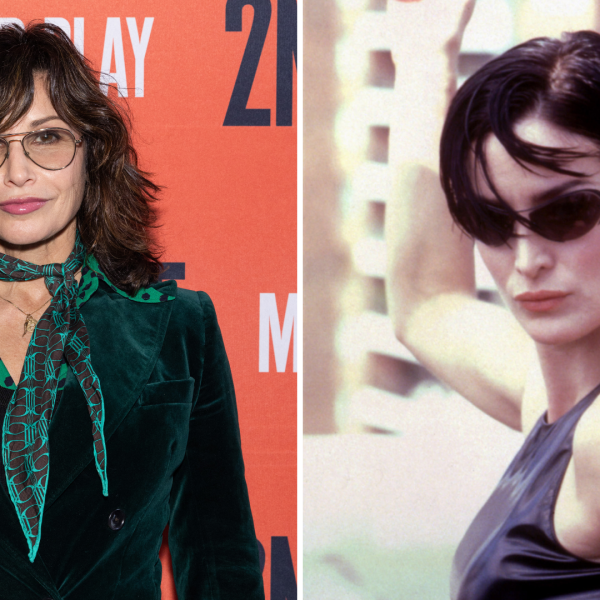When it came to finding a villain for Disney‘s “Haunted Mansion” horror comedy, the obvious choice was the legendary 19th-century Hatbox Ghost from the popular Disneyland/Disney World attraction. Director Justin Simien (“Dear White People”) and screenwriter Katie Dippold (the all-female “Ghostbusters” reboot) even invented a spooky New Orleans backstory for him.
Voiced by Oscar winner Jared Leto, the Hatbox Ghost became a creepy, Voldemort-inspired trickster. But creating the look of the character (designed by DNEG and animated by ILM) provided its own set of challenges apart from other 998 apparitions that haunt the Mansion. “The character itself went through many different iterations because its involvement grew as our movie was being developed and created,” production VFX supervisor Edwin Rivera (“Joker”) told IndieWire.
“And I think the realization was that he made for a great bad guy,” he continued, “and we wanna see a lot more of him. So we had to create a character that was indicative of the ride and people’s memory of [him] and also scary and dangerous. But not too scary to have the kids unable to sleep at night.”

The VFX design process consisted of combining the skeletal look of the animatronic Hatbox Ghost (which Imagineering finally perfected in 2015) with Leto’s physical foundation (courtesy of a digital scan).
While the head was CG, the digital body double was courtesy of stunt coordinator Colin Follenweider. “The challenge was trying to get the vocal performance from Jared to convey his attitude and his panache that he brings,” Rivera said. “And then making sure the facial features, which are so disparate from Jared’s, connect to the performance.”
Meanwhile, capturing the overall ghostly effect (with the supporting actors in makeup) was inspired by bioluminescent algae. “That’s where, if you had your hand in the water, you don’t really see much, but as you move it, it’s the agitation of that water that creates the effect,” added Rivera. “And our characters, as they move through space, generate these ghost particles that come off them that allow you to see that there’s an ethereal nature to them.”

This ghostly effect was applied to the Hatbox Ghost as well, especially when paranormal photographer Ben (LaKeith Stanfield) enters the afterlife during a seance and spots him in a game of peekaboo in the ghost room. This is a perfect example of when production designer Darren Gilford magnificently recreates the essence of the Mansion in all of its colorful and cheesy glory.
“Anything and everything in the ghost room can move or be alive at any given time,” Rivera said. “So there’s a point in the ghost room when the Hatbox Ghost first reveals himself, that even the busts on the wall are terrified and are hoping that he doesn’t notice them and turn away from him.
“And one of our ghosts tries to hide in the candle and be inconspicuous, but Ben picks it up to use it as a lighting device. And it blows itself out just to try to blend into the background. So it was trying to use all of those seemingly practical elements and give them life and allow them to be more animated in this ghostly realm.”
